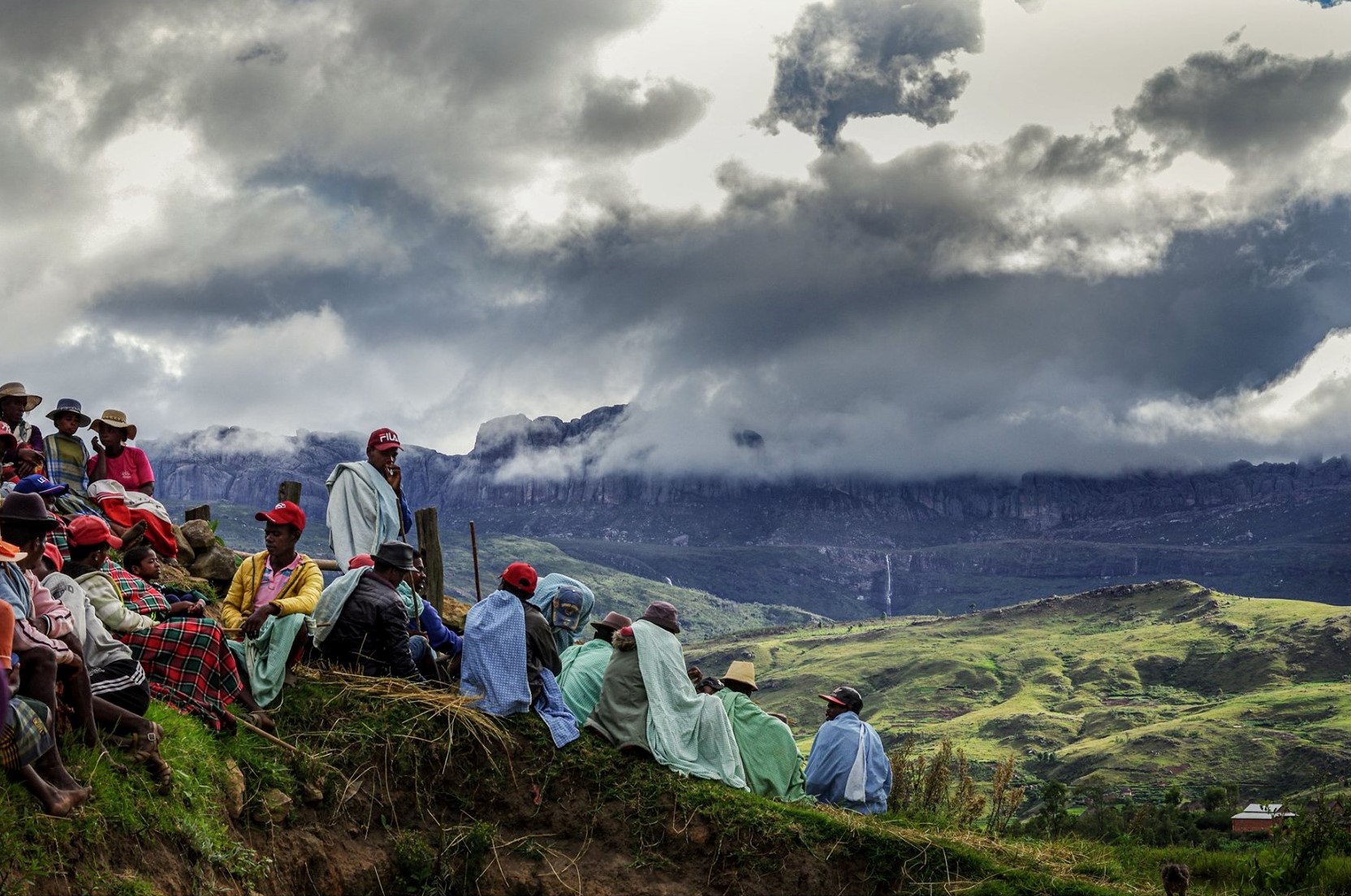As key actors in climate knowledge and impacts, Indigenous Peoples should have a more significant role in how the international community addresses climate change. Especially when Indigenous Peoples suffer most from forest fires, droughts affecting their food sovereignty, melting Arctic ice and rising sea levels on islands. At this point, the inclusion of Indigenous Peoples in decision-making and scientific research needs to be improved.
Indigenous Peoples, who have contributed the least to climate change, are suffering the most from its effects. Their ways of life, which depend heavily on nature, are being disrupted, particularly in places like the Arctic, small islands, and mountain regions. Because Indigenous Peoples live so closely with the land, they notice and describe these changes through their unique cultural and environmental perspectives.
Indigenous ancestral knowledge gives humanity valuable insights into how to deal with climate change. However, despite their deep understanding, their knowledge is often overlooked in climate change reports and policies, even when other information is limited or adaptation strategies are needed in their territories. As key knowledge holders on the climate and its effects, Indigenous Peoples should have a bigger role in shaping how we address climate change, both locally and globally.In response to the United Nations Framework Convention on Climate Change’s (UNFCCC) call to governments for more inclusive and rights-based climate strategies, a network of Indigenous and non-Indigenous researchers teamed up in a global project focusing on Indigenous knowledge of climate change: Local Indicators of Climate Change Impacts (LICCI). Below, we present LICCI’s key findings and policy recommendations.
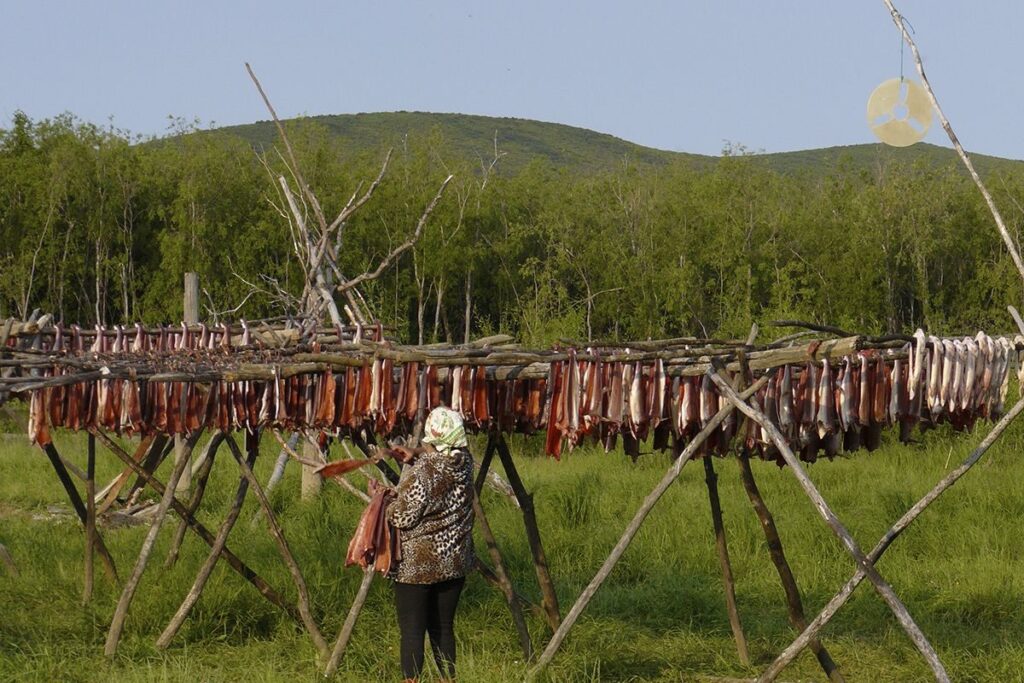
Climate change impacts on Indigenous territories
Research from many parts of the world clearly shows that Indigenous Peoples are noticing ongoing, real changes in the environments they have lived in and managed for generations. For example, the Gurung People in Laprak (Nepal) report that frequent extreme rainfall events, flash floods, landslides, and cold waves are disrupting traditional agricultural calendars and livestock productivity, impacting food security and the local economy. For the Collagua People in the Colca Valley (Peru), or Maya in Timucuy (Mexico), unpredictable weather is making farming more difficult and stressful, while for the Inuit on Baffin Island (Canada), hunting on sea ice is becoming much more dangerous due to changing ice conditions.
Indigenous Peoples’ reports on climate change do not always match up with scientific instrumental records, thus offering fresh insights for humanity. Their knowledge can reveal climate change impacts in areas that global weather stations often miss, such as parts of the Arctic, mountains, deserts, or rainforests. For instance, Twa farmers in the Democratic Republic of the Congo have noticed changes in fog patterns, a detail not captured by weather stations, thus helping to better understand the climate impacts in that region.
Indigenous Peoples’ reports on climate change do not always match the instrumental records of science, offering new insights to humanity.
Indigenous Peoples often interpret environmental changes in cosmological or spiritual terms.
In many Indigenous communities, the impacts of climate change are not seen in isolation but as part of a bigger picture of environmental and social transformations. Indigenous Peoples often recognize climate change as just one factor contributing to environmental damage, alongside things like overuse of natural resources (such as logging or overfishing), poorly planned development projects, new infrastructure, and government policies. These other factors are often seen as more immediate and serious threats than climate change. The Daasanach People in Northern Kenya say that water infrastructure projects and conservation policies have been major causes of environmental changes in their area.
In Argentina’s Dry Puna region, Kolla-Atacameño pastoral communities have noticed less rainfall. Nevertheless, they also point to the degradation of wetlands—important for water and grazing—due to road construction and lithium mining. In many places, climate change increases the vulnerability of Indigenous Peoples. Koryak reindeer herders in Siberia say that climate change is intensifying the problems left behind by the social and economic upheavals of the Soviet and post-Soviet eras.
Moreover, Indigenous Peoples often interpret environmental changes in cosmological and/or spiritual terms. The Tsimane’ People in the Bolivian Amazon believe that the use of inappropriate, abusive, or culturally disrespectful hunting, fishing, and gathering techniques awakens the anger of the guardian spirits of nature, who punish the Tsimane’ with resource scarcity. Tsimane’ cosmovision and spiritual beliefs play a prominent role in their understanding of how and why the world changes, and should thus be acknowledged in any attempt to bridge knowledge systems.
Indigenous climate change adaptation strategies
Indigenous Peoples deal with the impacts of climate change in different ways, depending on their situation. Many of their responses involve local solutions, such as iTaukei communities in Fiji sharing food to support each other or making small changes to their farming practices. The Bassari People (Senegal) and the Betsileo People (Madagascar) use a variety of crops and landscapes to endure droughts and unpredictable weather.
Climate change also pushes Indigenous Peoples to make significant changes, such as relocating or shifting to activities that rely less on nature. For example, the Inughuit (Greenland), a community traditionally involved in fishing and hunting, have transitioned to wage labour occupations. However, while allowing them to cope with climate change impacts in the short-term, these responses can have drawbacks, such as decreased traditional activities, lower food production, and a greater need to rely on markets, becoming maladaptive in the long-term. For example, by adopting a more market-oriented agriculture, Collagua farming communities in Peru’s Colca Valley have become less food resilient as they produce fewer traditional crops such as quinoa and fava beans.
Indigenous knowledge offers valuable adaptation solutions that are specific to their local context. Because of their long connection with the land, Indigenous Peoples’ responses to climate change often reflect their unique way of life and cultural values. Their strategies can inspire more sustainable, diverse, and locally-driven action plans. For example, the resources shared by iTaukei communities (Fiji) ensure food security after climate disasters, prioritizing the community over individual gain—an approach not often seen in national plans.
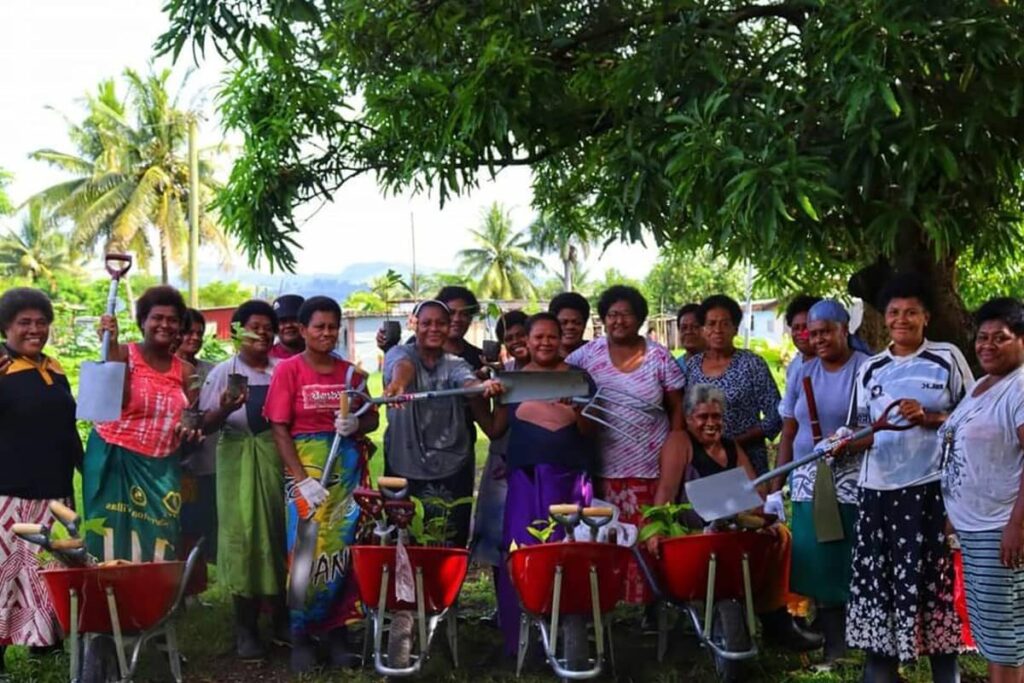
Barriers to adaptation and cooperation with science
Indigenous Peoples face social, political, and cultural obstacles that hinder their adaptation capacity. Factors such as limited political influence, poverty, unequal access to resources, and other challenges tied to colonialism and racism continue to hold them back. The Mapuche-Pehuenche People in Southern Chile say their vulnerability comes from the ongoing damage to their land caused by logging and their long-standing exclusion from important decision-making processes.
Within every Indigenous People, certain groups may face additional challenges. One case that is repeated across most regions is that of Indigenous women in patriarchal cultures, who may not benefit equally from adaptation strategies. In the Bassari community (Senegal), the shift to growing cash crops such as cotton has reduced women’s control over household money and could negatively affect family nutrition as farming becomes less diverse.Combining Indigenous knowledge with new opportunities can help to overcome these barriers, lead to new solutions for adapting, and reduce the effects of climate change, both locally and globally. For example, Inuit fishers in Arctic Canada are working with scientists, using technology to manage the risks of changing sea ice. Together, they are co-managing the fisheries, which helps to improve food security, encourages learning, and creates shared knowledge. Tibetans from Shangri-La County have adjusted to the widespread lack of water caused by climate change by blending their traditional livelihoods with the new opportunities brought about by tourism.
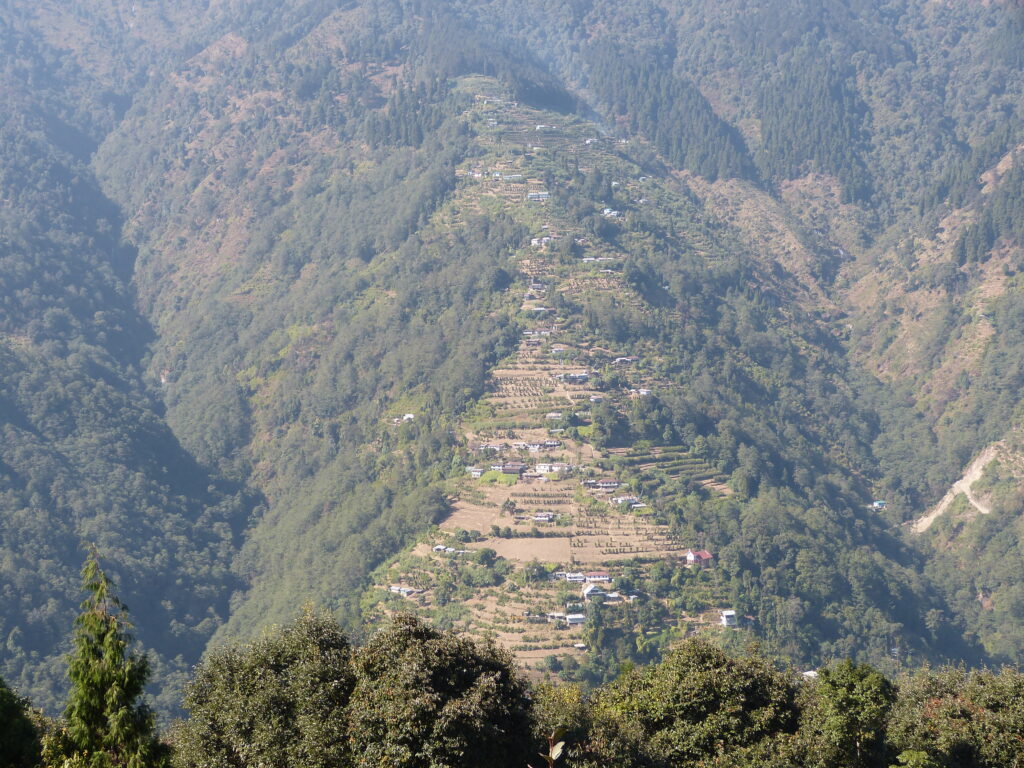
Towards a better inclusion of Indigenous Peoples
The current crisis demands that climate change decision-makers, both locally and globally, recognize Indigenous Peoples as legitimate custodians of knowledge on climate change and its impacts and honour their rights to participate in climate change decision-making in a just, equitable, and effective manner. Based on the findings from the LICCI project, the team has developed specific recommendations for decision-makers and research institutions working with Indigenous communities and climate change.
Recommendations for decision-makers:
- Enhance decision-makers’ ability to engage with Indigenous knowledge: strengthen the skills and capacity of both individuals and institutions to understand, appreciate, and integrate Indigenous Peoples’ knowledge and insights, ensuring fair treatment in climate-related discussions.
- Adopt a rights-based approach to climate policy: uphold the rights of Indigenous Peoples as outlined in the UN Declaration on the Rights of Indigenous Peoples. This includes thorough and ongoing consultation, as well as ensuring Free, Prior, and Informed Consent before any climate policies—whether for mitigation, adaptation, or reparation—are implemented in their territories.
- Ensure Indigenous representation at all decision-making levels: Indigenous Peoples must be included in every stage of climate decision-making, from assessing needs and distributing funding to planning, monitoring, and evaluating adaptation programs. Their participation in national and global processes should be permanent, meaningful, and effective, including having voting rights.
- Guarantee fair climate finance: governments must cover the costs Indigenous Peoples face as they adapt to climate changes they did not cause. Indigenous communities should have a lead role in deciding where funds for climate mitigation and adaptation are directed and should be part of climate accountability bodies, such as those overseeing loss, damage, and redress (e.g., UN-REDD or the Green Climate Fund).
- Promote locally-led, inclusive solutions: governments and climate adaptation programs should move away from technology-focused solutions that exclude Indigenous Peoples and may create dependence. Instead, the focus should be on locally-driven, integrated solutions that address the root causes of environmental change and the needs of vulnerable groups.
- Foster coherence across climate adaptation policies: ensure that policies are coordinated across sectors and scales to comprehensively tackle the diverse and simultaneous challenges Indigenous Peoples face in adapting to climate change.
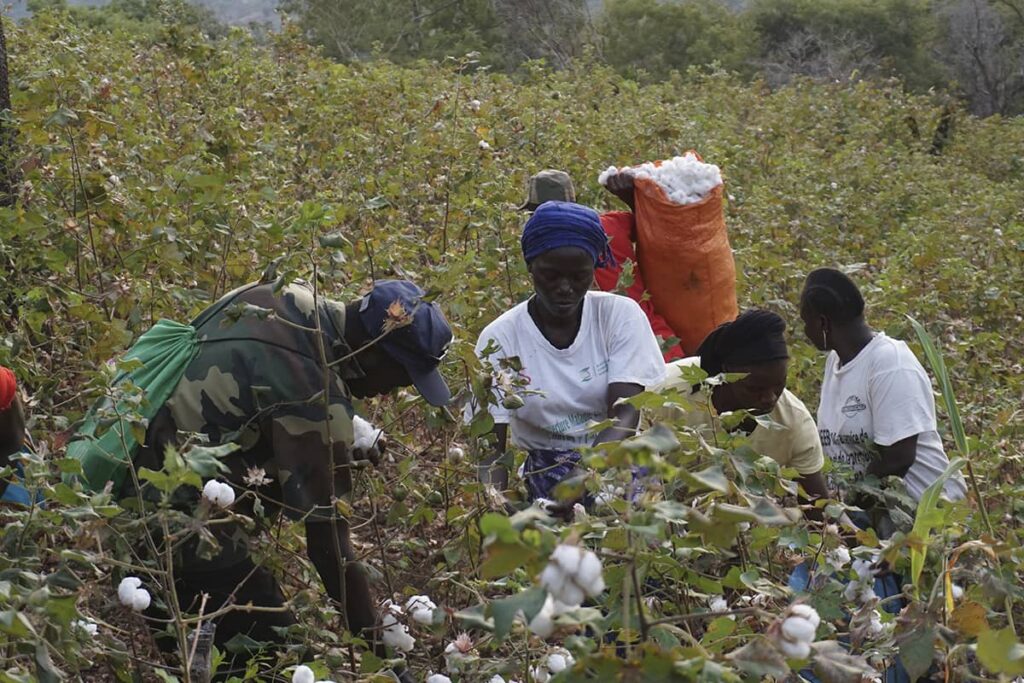
Recommendations for research institutions and funding agencies
- Promote local leadership: ensure Indigenous Peoples are represented in scientific, advisory, and decision-making bodies that shape climate and environmental research. Encourage Indigenous lead authorship in key publications to elevate their voices in global discussions.
- Support collaborative research: create opportunities to co-develop inclusive, context-specific, and fully participatory research proposals with Indigenous partners.
- Adopt a rights-based research approach: research involving Indigenous Peoples should follow strict protocols that respect Indigenous data sovereignty and governance. This includes Indigenous representation on research ethics boards, in data regulation bodies, and throughout the research process.
- Build communities of practice: establish national and international networks that enable Indigenous communities to share experiences and knowledge of climate change impacts.
- Broaden research evaluation criteria: shift the focus away from traditional academic metrics. Evaluate research based on the time and resources needed for collaborative projects, the relationships established with communities, and the tangible benefits the research brings to those communities.
- Reduce the environmental impacts of research: climate research should minimize its carbon footprint by reconsidering travel and reducing the digital footprint of projects. Promote a transparent discussion on reducing environmental impacts while balancing researcher well-being and research quality.

Victoria Reyes-García is an ICREA Research Professor at the Institute of Environmental Science and Technology of the Autonomous University of Barcelona (ICTA-UAB). Her research focuses on Indigenous and local knowledge systems, particularly in relation to the natural environment, and the relevance of these knowledge systems in addressing climate and environmental crises.

LICCI Consortium is a research network that includes people of different nationalities, disciplinary backgrounds and positions, who recognise the need to increase the transferability, integration and scalability of Indigenous Peoples‘ and local communities’ information in climate research. A full list of members of the LICCI Consortium can be found here https://www.licci.eu/consortium/
